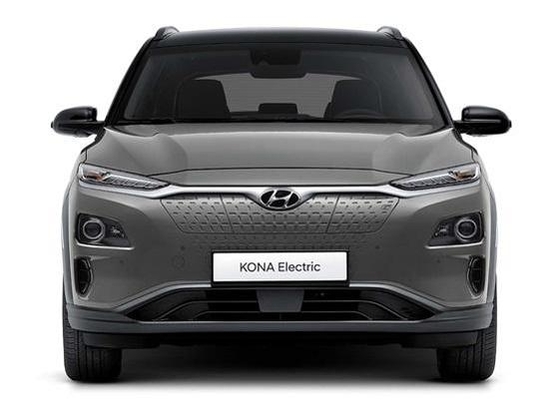Input 2021.02.03 11:00
As the wind of weight reduction is blowing in the electric vehicle market, chemical, material, and parts companies are focusing their efforts on developing lightweight materials. Currently, electric vehicles are about 20 to 30 percent heavier than the same class of internal combustion locomotives because of the weight of the battery, which is a key component. In order to increase the mileage of electric vehicles and improve fuel economy, the automobile industry is focusing on reducing the weight of vehicles by reducing the weight of interior and exterior materials in addition to batteries.

Previously, Lotte Group Chairman Shin Dong-bin and Eui-sun Eui Hyundai Motor Company (005380)The chairman is known to have met at Lotte Chemical’s Uiwang plant in November last year to discuss cooperation plans for lightweight materials that are considered the core of future car technology, and related projects are also expected to rise rapidly. Lotte Chemical said, “We will actively foster the mobility business by accelerating cooperation with global automakers including Hyundai Motor Company in the advanced materials sector.”
SK innovation (096770)SK Global Chemical, a subsidiary of SK Chemicals, also announced that it will expand its business with lightweight materials for automobiles as one of its next-generation flagship businesses. In 2018, SK Global Chemical developed high crystalline plastic (HCPP) used in automobile interior and exterior materials such as automobile bumpers, dashboards, and console boxes, and is expanding sales in the Chinese market. An official from SK Global Chemical said, “If you use this material, you can reduce the weight of one medium-sized vehicle by up to 10kg.” SK Global Chemical plans to focus on developing eco-friendly lightweight materials with higher strength and less weight.
In line with the trend of lightening electric vehicles, the market for plastic materials used to make auto parts is also growing rapidly. According to Research & Market, a market research firm, the global plastics market for electric vehicles is expected to grow from $ 796.90 million in 2020 to $ 2.62 billion in 2025 (about KRW 3.1 trillion).

Hydrogen cars also need lighter weight. Hyosung is growing a carbon fiber business developed with its own technology in 2011. Carbon fiber weighs about a quarter of that of steel, but its strength is more than 10 times, so it is evaluated as suitable as a material for hydrogen fuel tanks that must withstand high pressure and maintain light weight. The hydrogen fuel tank is a key component of a hydrogen vehicle that contains fuel cells. Hyosung is catching up with Japan’s Toray, which is currently unrivaled in the carbon fiber market, and is speeding up capacity expansion in preparation for future increasing demand.
An official from Hyundai Motors said, “If the weight of an internal combustion locomotive is reduced, it has improved fuel efficiency and reduced air pollutant emissions, so we have been focusing on lightening weight, but electric vehicles have battery weight, so reducing the weight of the vehicle has become more important.
